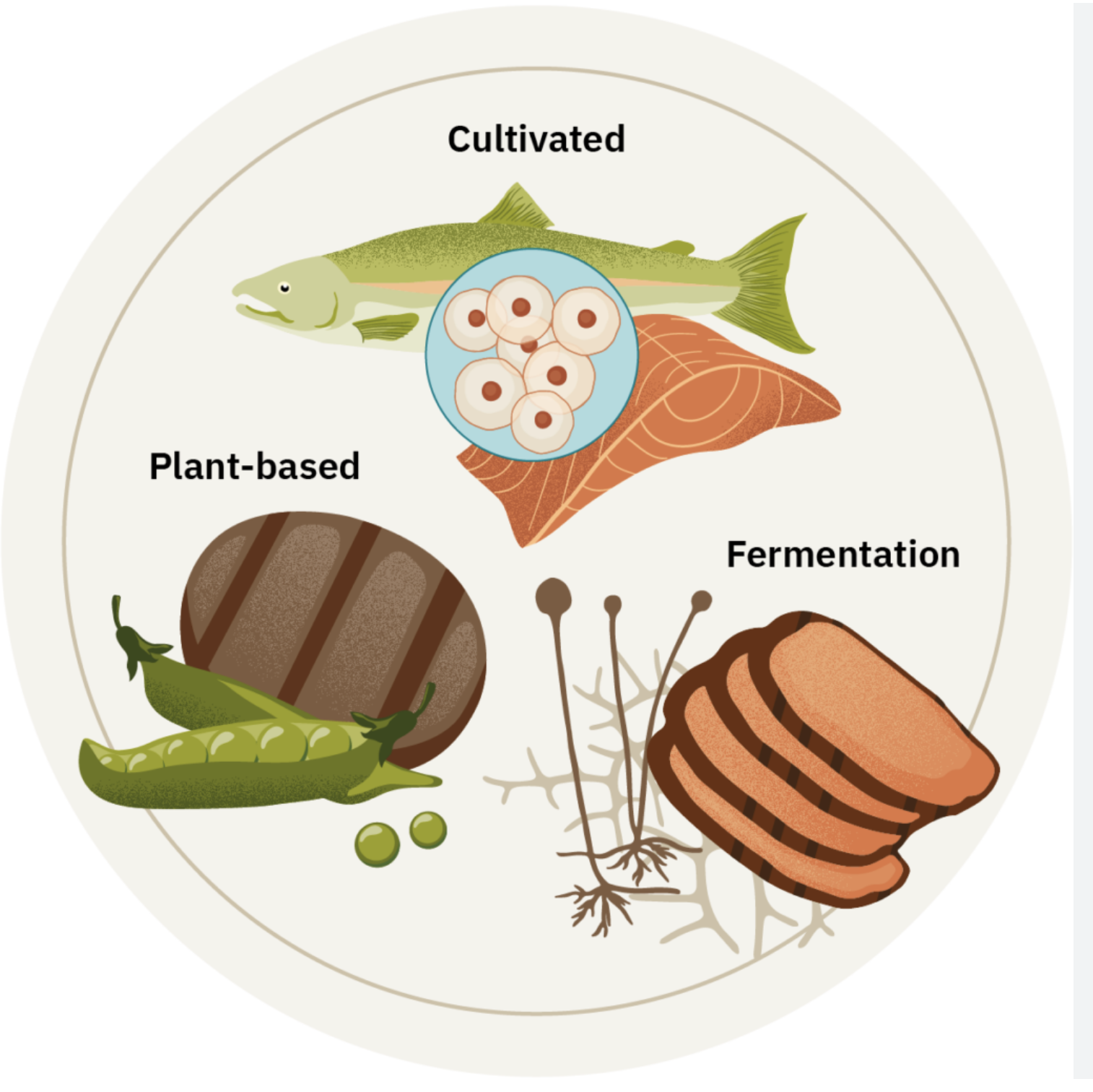““Any sufficiently advanced technology is indistinguishable from magic.””
“Alchemy”
may perhaps have been the precursor of Science. It certainly was considered suspicious except in fringe circles. Primarily, because it seemed so far removed from human comprehension but also, I posit, because it was so far removed from everyday use case . Why waste your time dreaming (scheming) up ways to transmute one elemental form into another when life, indeed, was of survival, and, there was so much “doing” needed to be done!
One would think that such feeling may have become archaic what with having extra bandwidth to let dreamers be, and, Science itself having become a valid pursuit of betterment. Yet, while the general acceptance of science, as not magic but grounded in the real, may have grown in correlation with it truthfulness and usefulness, we can see this suspicion still prevalent in many areas of technological advancement that are mostly inaccessible to the many.
This applies to a host of new technologies making a parade at this point of human evolution from crypto to food tech to AI to the multi(meta)verse.
I make the case today for at least one of the many - Alternative Animal Products.
The Problem …
Much of the negativity on alternative proteins not sourced from animals but masquerading as animals on a plate, has around about concerns of quality, let down on taste, lack of nutritional clarity and the fact that it is Processed, with the capital P. Plant based protein products particularly are saddled by the dual scarlet tags of taste and process. And, culture meat while not yet tested for taste carry the trifecta backlash of the other three.
Meanwhile, much of the response to the detractors has been focused on setting the record straight and right lining expectations mixed in with a heavy handed dose of shame and guilt.
“You may say I’m a dreamer
But I’m not the only one
I hope someday you’ll join us
And the world will live as one”
What gets lost in all of this is Latent Fear that drives the pushback. A fear rooted in black magic and witchcraft - a possibly irrational and yet a very real one.
The Thinking …
Let’s step back.
Processed foods are no new concept.
I mean it is whole context of CPG with a market of over $1 Tn (yep, with a T). Except they really should be called “Conveniently Packaged (for you) Goods”. And there in lies the truth. The processed foods that we have thus far been buying have been those that we recognize not only as a product but also as a process. Given enough incentive/imeptus/initiative, we could possibly recreate all of the foods currently on the shelf ourselves, from that chicken thigh to can of beans. What the processing company from Tyson to Kraft did was to make it so we did not need to. Inherent in this was that we recognize the primary input ingredients and are familiar with the spectrum of output that we ingest. Inherent in this is also a certain nonchalance on what else, aka additives, are added to keep that “convenience” the leading value. They all carry the same burden of questionable nutritional {de}value and often a marked downtick of taste. And, yet these negative traits are not burdensome here at all.
It is all too much medicine to be food isn’t it?
I mean it belongs in a lab, a hospital, a place for the broken to be fixed!!
Making tissue from cells is also not new.
After all, this is the entire context of stem cell research, with a market size of $12 Bn in 2021. Their acceptance is because they are necessary, for survival via medical treatment. There is obviously regulation to ensure safety but even though the average recipient of the treatment is entirely unaware of the process, they are nevertheless, simply grateful for a chance of a cure.
People will accept anything that enables them to live {without pain}.
This is a character strength that has persistently exhibited in the bizarre eating behaviors of those who were caught unawares in situations without access to regular food, such as shipwreck, deserts etc. Expounding on the last, the extent to which a person may go to feed themselves, such as cannibalism, can sometimes be revolting but is conditionally seen as acceptable under the ‘extenuating’ circumstances.
That sets the stage to ask the question - Why then is there such a visceral reaction to the concept of Alternate Animal Products?
And, the answer to that is not really that it is unnatural. Or, that it is of questionable value. But rather it is the Unfamiliar and Unnecessary for survival. Plant based protein is like alchemical product created by transforming a humble plant product into a revered animal product through a process that is entirely unrelatable to the majority of meat consumers. For added irony, many of the meat eaters are possibly not consumers of, or even familiar with, the original plant inputs. On the cultured side, it is all too much medicine to be food isn’t it? I mean it belongs in a lab, a hospital, a place for the broken to be fixed.
Certainly not Affordable for All
A McKinsey study of consumer choices from 2020 showed people prized price and quality as most relevant in making meat purchase decisions.
Add to that, they are certainly not cheap. A McKinsey study of consumer choices from 2020 (highlight image above) showed people prized price and quality as most relevant in making meat purchase decisions. Dairy followed the same trend with “brand” completing a trifecta. While there may be some shifts in the two years since (and certainly within psychographic segments) the trend continues enmasse.
It is little wonder then that these products are viewed with suspicion, and combined with the marketing strategies currently used, alienated against. And, this is where the mode of marketing matters. Food is, more than simply fuel, often an identity.
Challenging the way it is currently consumed, therefore the self itself, is strike 1.
Offering a solution that is literally alchemy that nobody quite understands is strike 2.
And for the kill, the levers of shame and guilt used to enforce acceptance is the quintessential strike 3.
What is lost in all this as well is the JOY. People who eat meat ENJOY eating meat. That singular positive emotion works to the exclusion of literally every other negative consequence, infamously including their own health.
The solution ?
Remarkably, would be to invest in creating connection and negating the negative messaging. As Adam Grant says in Think Again “Visions of Change are more compelling when they include visions of Continuity”
Recreate the feeling of JOY
With the new products, encourage eaters to act from the space of self-interest rather than benefaction.
Make the right choice the easy choice.
This is certainly a time will tell solution where the process and regulation become mature enough for the price to be right and packaging effective.
““It is not from the benevolence (kindness) of the butcher, the brewer, or the baker that we expect our dinner, but from their regard to their own interest.””






